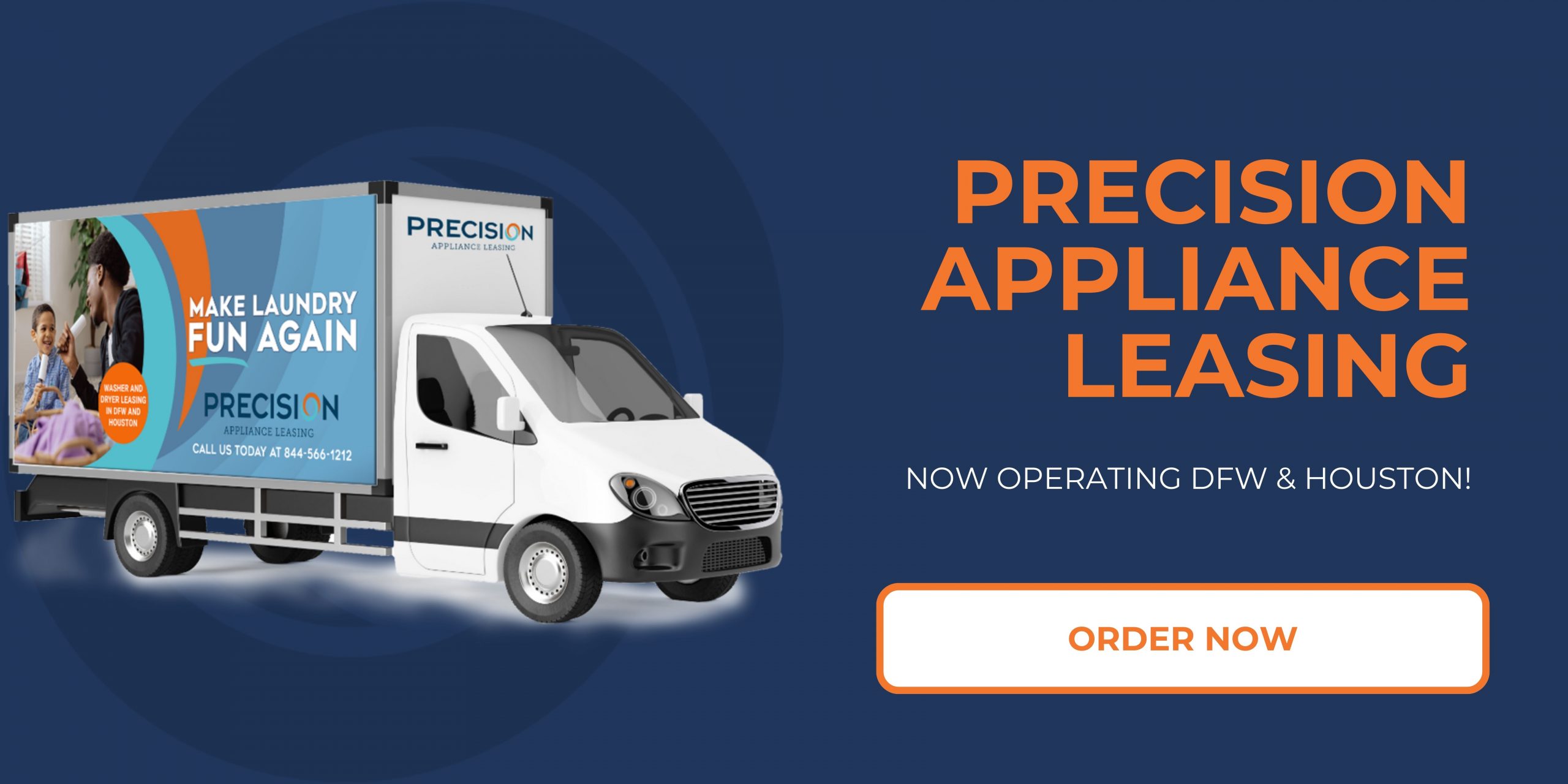How to Prepare for the Inspection of Returned Rented Appliances?
In the rental industry, maintaining the quality and reliability of appliances is crucial for both landlords and tenants. When appliances are returned after a rental period, they are subjected to inspections to ensure they are in a condition suitable for re-rental. This process not only helps in assessing wear and tear but also plays a vital role in maintaining customer satisfaction and protecting the investment of rental businesses. Preparing for the inspection of returned rented appliances is a task that requires careful planning and attention to detail to identify potential issues and address them proactively.
Understanding the specific requirements of the inspection process can significantly streamline operations. Proper preparation involves establishing a comprehensive checklist that outlines all necessary pre-inspection tasks, such as cleaning, testing, and evaluating each appliance’s condition. By implementing a standardized process, rental companies can ensure consistency in inspections, making it easier to identify any damages or necessary repairs. Additionally, clear communication with employees about their roles in the inspection process is essential to foster efficiency and accountability.
Mitigating risks associated with returned appliances goes beyond merely fulfilling inspection criteria; it also involves educating tenants on proper usage and care, minimizing potential damages during the rental period. This proactive approach can lead to fewer disputes and smoother transactions down the line. In crafting an effective preparation strategy, it is imperative to combine thorough training, efficient workflow organization, and a strong understanding of customer expectations, ultimately contributing to a successful inspection experience for both parties involved.
Cleaning and Sanitizing Procedures
When it comes to the inspection of returned rented appliances, one of the most critical steps is implementing thorough cleaning and sanitizing procedures. These procedures ensure that appliances are not only visually clean but also safe for future use. A comprehensive cleaning process should begin as soon as an appliance is returned. This includes removing any debris and thoroughly washing surfaces that may have come into contact with food or other contaminants. For some appliances, like microwaves, refrigerators, or any cooking devices, it is vital to use appropriate cleaning agents that effectively eliminate bacteria and viruses without damaging the surfaces of the appliances.
Sanitization goes hand in hand with cleaning, as it focuses on reducing the number of microorganisms to a safe level. The use of approved sanitizing solutions or methods is vital; this could involve using hot water, steam, or chemical sanitizers that meet health regulations. For instance, restaurant supply companies often use specific sanitizer solutions that are designed to meet FDA guidelines. After cleaning and sanitizing, it is essential to ensure that the appliances are dried thoroughly to prevent any mold or bacterial growth that may occur in damp environments.
Preparing for the inspection of returned rented appliances also entails educating staff about the importance of these cleaning and sanitizing procedures. Employees should be trained to recognize which cleaning methods are appropriate for different materials and types of appliances, as using the wrong products can cause damage and lead to costly repairs or replacements. Additionally, keeping a checklist for cleaning and sanitization can help ensure that every appliance undergoes the same rigorous process, leading to consistency in quality and safety.
Lastly, regular audits of the cleaning procedures and outcomes should be implemented to guarantee adherence to these standards. This can help identify training gaps or underline areas that need improvement, ultimately ensuring that rented appliances are always in top condition for the next customer. By prioritizing cleaning and sanitizing procedures, rental businesses can foster trust with consumers, enhance the lifespan of their equipment, and contribute to a safer rental experience.
Functionality Testing
Functionality testing is a critical step in the inspection process for returned rented appliances. It involves determining whether the appliance operates correctly and meets the standards expected by both the rental service provider and the customer. This testing should be comprehensive, examining all features and functions of the appliance, ensuring that it is in good working order before being rented out again. Different types of appliances require different functionality tests; for example, a washing machine would need to undergo cycles for washing, rinsing, and spinning, while a microwave might require checks for proper heating and timer functionality.
When preparing for the inspection of returned rented appliances with a focus on functionality testing, it is essential first to have a clear understanding of the specifications and operating procedures of each appliance. Familiarize yourself with the manufacturer’s manual, as it often provides detailed information about the necessary testing procedures and troubleshooting tips. This preparation ensures that inspectors can efficiently identify any malfunctions or deficiencies during the testing phase.
Additionally, it is beneficial to establish a standard checklist that includes all aspects of functionality that need to be tested for each type of appliance. This checklist should cover everything from basic operation to advanced features. For instance, for an oven, the temperature settings should be tested at various levels to verify that it heats consistently and accurately. For appliances such as refrigerators, functionality testing might include checking the cooling efficiency and examining door seals for air leaks.
In the context of preparing for inspections, creating a systematic approach can greatly enhance the reliability of functionality tests. Utilize tools and equipment necessary for testing, such as multimeters for electrical appliances or diagnostic apps for smart devices. Complete thorough documentation of the testing results, noting any issues that arise, as well as the solutions implemented or recommended for future reference. This not only aids in maintaining a high standard of service but also builds trust with customers who rely on the quality and reliability of rented appliances. Overall, effective functionality testing is vital to ensuring returned appliances are safe, operational, and ready for the next customer.
Documentation and Record Keeping
Documentation and record keeping are critical aspects of managing the inspection of returned rented appliances. This process ensures that all necessary information about the equipment is accurately recorded, providing a clear and organized record for both the rental company and the customers. Proper documentation helps to track the lifecycle of each appliance, including its rental history, maintenance schedules, repairs, and the condition upon return. This information can significantly impact customer satisfaction, operational efficiency, and compliance with legal requirements.
To prepare for the inspection of returned rented appliances, it is essential to establish a systematic approach to documentation. First, create standardized forms or digital databases to capture key details such as the appliance model, serial number, rental duration, and any specific notes regarding its condition before and after use. Each returned appliance should be accompanied by a checklist that includes sections for cleanliness, functionality, and any visible signs of wear or damage. Furthermore, including a space for customer feedback can provide valuable insights into the rental experience and highlight areas for improvement.
Given the increasing reliance on technology, utilizing software solutions for documentation can enhance efficiency and accuracy. These systems can streamline the tracking of inventory and provide instant access to historical data, facilitating easy comparisons between the condition of appliances at different points in time. It’s also vital to ensure that all documentation is easily accessible and organized, helping technicians and staff during inspections to quickly review the appliance’s rental history and identify any past issues that may need attention.
In summary, thorough documentation and record keeping not only prepare rental companies for efficient inspections of returned appliances but also lay the groundwork for effective inventory management. By retaining detailed records, companies can better manage their assets, respond to customer queries more effectively, and ensure compliance with any applicable regulations or safety standards. This proactive approach ultimately enhances the quality of service offered to customers while safeguarding the integrity and reliability of the rental equipment.
Identification of Wear and Damage
When it comes to the inspection of returned rented appliances, the identification of wear and damage is a crucial step. This process requires a thorough examination of each appliance to ascertain its condition upon return. Given that these appliances are rented out, they may have experienced regular use, which could lead to various forms of wear and tear or even accidental damage. Upon receiving a returned appliance, staff must look for visible signs such as dents, scratches, or cracks that could indicate that the item did not return in the same condition it was rented out.
It’s essential to have a standardized checklist for the inspection process to ensure that nothing is overlooked. This checklist should include common trouble spots, such as electrical components, seals, hoses, and surface areas. Additionally, inspectors should check moving parts, such as hinges or knobs, as these can wear down over time or may be prone to breakage with continued use. Notably, appliances that require plumbing or electrical connections should be scrutinized for any leaks or fraying wires, which could pose safety risks or indicate potential failure.
Furthermore, documenting any identified wear and damage is vital for several reasons. First, it provides a clear record of the appliance’s condition when it was returned, which can be invaluable in case of disputes with customers regarding damage charges or security deposits. Second, timely identification of wear and damage can inform maintenance schedules and decisions on whether an appliance needs repairs or if it should be retired from the rental inventory. Proactively managing the condition of rental appliances helps maintain a high standard of quality and safety, thereby enhancing customer satisfaction and fostering trust in the rental service.
Lastly, training staff on the importance of thorough inspections and the proper techniques for identifying damage can lead to better outcomes in appliance management. Not only does this prepare the team for efficient inspections, but it also helps them communicate effectively with customers about the need for proper care of rented items. Overall, a comprehensive approach to the identification of wear and damage sets the stage for proper maintenance and ensures that customers receive reliable, safe appliances during their rental period.
Compliance with Safety Standards
Compliance with safety standards is a crucial aspect when inspecting returned rented appliances. These standards are established to ensure that appliances meet certain safety criteria designed to protect users from potential hazards. Appliances must adhere to both local and national safety regulations which vary by location, type of appliance, and intended use. This includes electrical safety standards, fire hazards, and mechanical safety requirements.
To prepare for the inspection of returned rented appliances, inspectors should familiarize themselves with the relevant safety standards that apply to the specific types of appliances being returned. This may involve consulting the latest regulations from recognized standards organizations such as Underwriters Laboratories (UL), the Canadian Standards Association (CSA), or other applicable bodies. Having an understanding of these standards helps in verifying that the appliances have not only been properly maintained but also that they are safe for reuse.
During the inspection, it is essential to check each appliance for signs of compliance with safety labels and certifications. This includes inspecting the appliance for any missing or damaged safety labels, examining cords and plugs for fraying or damage, and ensuring that safety features such as automatic shutoffs, grounding, and overload protection are fully functional. Failure to comply with safety standards can result in serious accidents, thus thorough inspections are necessary to mitigate any risks.
Additionally, it is recommended to keep detailed records of the compliance status of each inspected appliance. Documentation should include the appliance model, inspection date, any safety issues found, and the resolution of those issues. This not only aids in maintaining a safe rental inventory but also serves as a reference for future inspections and audits. By adhering to safety standards, rental companies can ensure customer satisfaction while protecting their reputation and minimizing liability.


